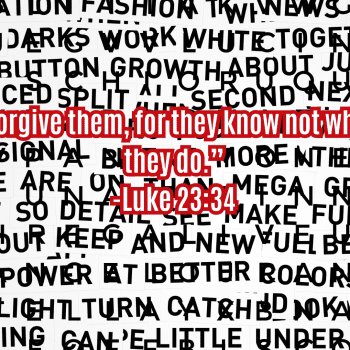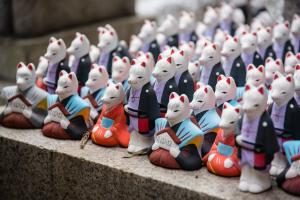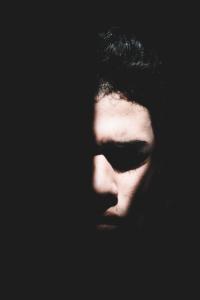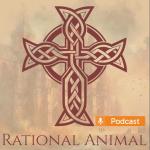The old saying goes that the “eyes are the windows to the soul”, and many are quick to scoff at the grave implications of a faculty that is used so often for such mundane things that it is taken for granted. Upon examination of the Christian tradition, however, such a claim, though liable to some qualification of being the window to the soul, nonetheless posits sight as one very important access point.
Consider how, of all the senses, the Christian tradition appears to give the most attention to the sense of sight, as if our being and our salvation – our beginning and our end – literally depended on it. The first creation account in the book of Genesis makes the provision of light – the foundation of sight – the first creative act upon whichall other creative acts follow. It was the sight of a burning bushthat lay the foundations of the forging of the covenant with Israel. The psalms speak of the path of life as also a path that is lit by God, the Gospel of John speaks of Christ as the “light that shines in the darkness”, while the synoptic Gospels give great weight to, Jesus’ healing of the blind as well as the lame. Our salvation lies in a state that theologians call the “Beatific vision” where, as Paul once wrote, our true home lies in an eternal state of “seeing Him face to face”.
Scripture’s attention to the sense of sight is continued on in liturgical worship, where colour, shape and sheen are not incidental to the proper worship of God, but are the very means by which one enters into the proper act of worship. Seeing was very closely linked
to worshiping.
As we know from the Genesis account, however, a major contribution to the downfall of humankind lay in the eating of a fruit that was “pleasing to the eye”. Other than sound, it was also sight that contributed to the entry of sin into the world.
What is interesting to note, however, is that this kind of sight was not a seeing devoid of worship. However banal the object of our sight is, whether it is in a movie, news report, fashion item or porn image, the act of worship is never far behind. In his book Gifts Glittering and Poisoned, Chanon Ross provides a very important insight into the link between seeing and worshiping. Ross refers to the Marxist philosopher Guy Debord’s Society of the Spectacle, to show the way in which seeing in our day not only serves a material function, but is also a spiritual action.
For Debord, seeing was not merely an instrumental function, but also a tapping into a longing for transcendence. Debord speaks of our economy as one dependent on the faculty of sight, and argues that a sight-based economy is driven by a form of “religious fervour” for what Debord calls a “factious god”, and seeing becomes a way of accessing this god.
Though Debord sees the need for a change in the economy by ridding ourselves of the need for religious fervour and gods, Ross sees in this analysis a highly important insight, that Debord recognised that seeing is more than a function but a liturgical “worship of a … god”. Ross is even more pointed to not only draw a link between seeing and worshiping, but saying that seeing analogous to worshiping. The beholding of a spectacle in an economy saturated with the shine of images and commodities, Ross says, “is like a prayer offered to a malicious god” which “opens us to powers and principalities”. Ross suggests then, that an economy built upon spectacle is not just a material order, but also an order oriented towards the worship of things other than the worship of the God of Israel.















